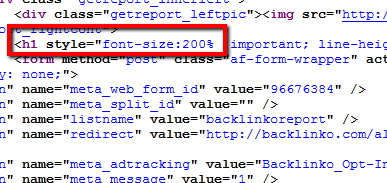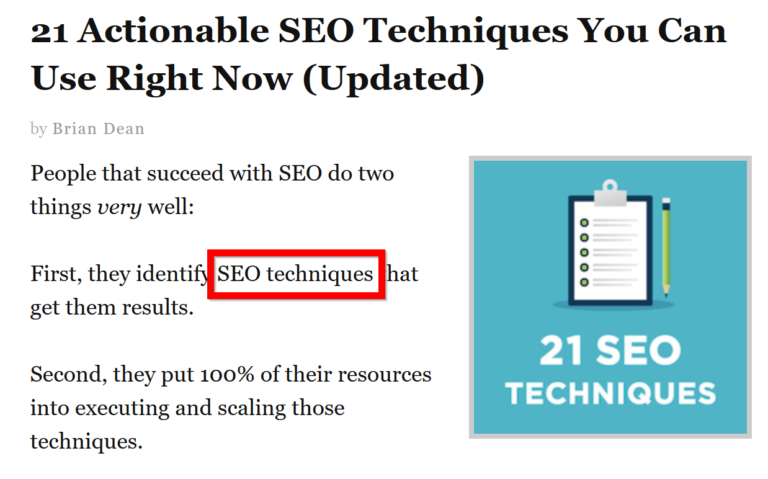Use Reactive Design
Google started penalizing unfriendly websites that were cellular in 2015. And they’re likely crack down even more later on. If you prefer to make your web site mobile-friendly, I advocate Responsive Layout.I’d be surprised in case your web site isn’t cellular- friendly. But if it'sn’t, possibly the motivator of more search engine traffic will push one to take the leap.
And if you’re going to make your site mobile-friendly, I HIGHLY recommend responsive layout. In my opinion, it’s perfect for user experience. Plus Google favors it.
Best local SEO
Start Name With Key Word
Your name tag is the most crucial on-page SEO factor. Generally speaking, the closer the keyword would be to the beginning of the title tag, the more weight it has with search engines. You don’t constantly have to start your title tag together with your target key word. But when there’s a key word that you’re gunning for, try to put it towards the start of your title.
Wrap Your Blog Post Title within an H1 Tag
The H1 tag is your “headline tag”. Most CMS’s (like WordPress) automatically add the H1 tag to your site post name. You place, if that’s the instance.But this setting is overridden by some topics. Check your site’s code to ensure that your name gets the H1 adore it deserves. I used to assume that WordPress hooked my post names up with H1 tags until I really looked at my website’s code.
Afterward I recognized that WordPress themes sometimes use text size to improve. For example, my e-mail opt-in place was once wrapped in an H1 tag: It’s worth checking out your site’s code to ensure you only have one H1 tag per page. And that H1 tag should contain your target key word.

Post Long Content
The SEO adage “span is strength” was supported by our industry study which found that content that is longer has a tendency to rate significantly higher on Google’s first page.Target for at least 1900 words for each piece of content which you publish. As a rule, I make sure all of my articles have 1000 words of meaty, content that is useful.
Longer content helps you rank better for your target keyword and brings a win-win!
Use Internal Links
Internal linking is SO money. Use 2-3 in every post. In the event you would like to determine a fantastic example of how to internal link on your website, check out Wikipedia.They add keyword-loaded internal links to every entry: Because they’re Wikipedia, clearly, they're able to get away with 50 internal links per page. I recommend a simpler (and safer) strategy: link to 2-5 senior posts once you print a brand new one.
Drop Keyword in First 100 Words
Your key word should appear in the first 100 -150 words of your article. Case of using keyword in first 100 words This is something which you probably do naturally.But lots of individuals start away their posts with a long, meandering intro… and use their keyword for the very first time MUCH afterwards.
Instead, shed your key word somewhere in the very first 100 words or so. This helps Google understand what your page is really all about.

Wrap Subheadings in H2 Tags
Contain your target key word in at least once subheading… and wrap it in an H2 tag.This undoubtedly won’t break or make your on-page Search Engine Optimization attempts. But my tests have shown me that wrapping your goal key word in a H2 tag can make a dent.
Here’s an example of this strategy in action (target key word=”SEO strategy”):

hey admin
ReplyDeleteGoogle began punishing unpleasant sites that were cell in 2015. What's more, they're likely break down considerably progressively later on. In the event that you like to make your site portable inviting, I advocate Responsive Layout.
Regards
Digital Technology Institute
I think this is a real great post.Really looking forward to read more. Fantastic SEO Company in USA
ReplyDeletethat's completely informative content, i appreciate your post, Professional SEO Services
ReplyDelete